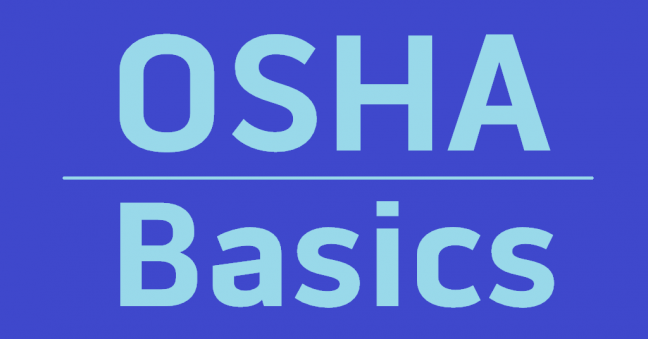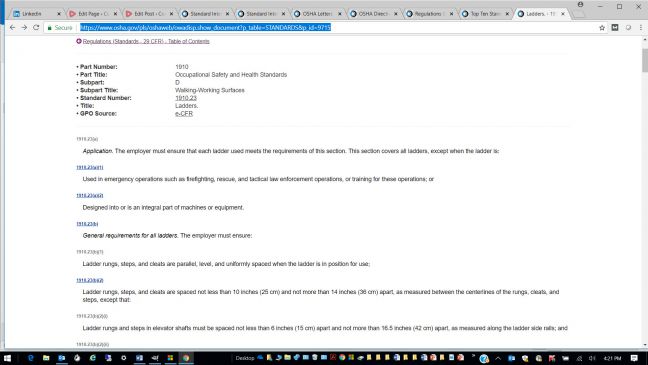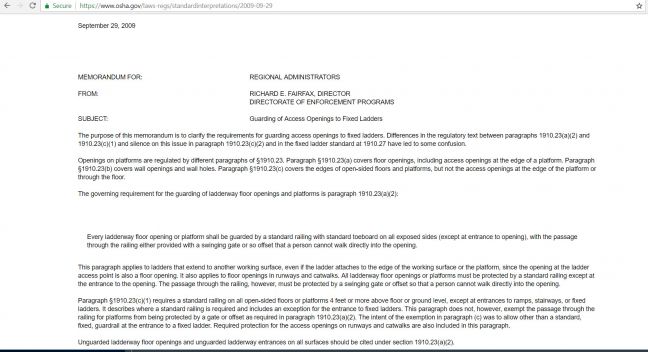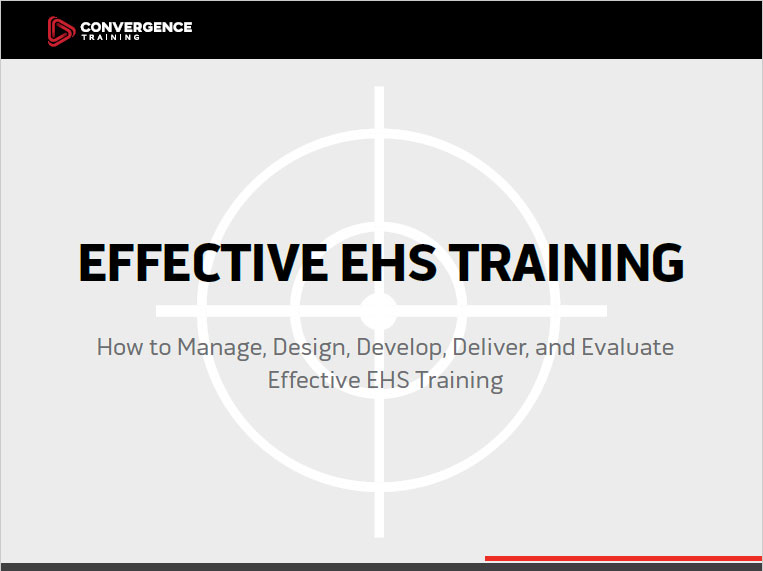
As part of our OSHA Basics series, in which we explain some basic information about OSHA, we’re turning our attention to OSHA’s letters of interpretation.
If you’ve never heard of a letter of interpretation, they’re worth knowing about.
Or, maybe you’ve heard of them, but have always been a little curious about what they are. If that’s the case with you, we think we can help you out.
Or maybe you’re just curious about how to find OSHA’s letters of interpretations so you can read them yourself. Again, we’ve got you covered.
- Learning Management Systems
- Online Safety and Health Training Courses
- EHS & Safety Management Software
- Mobile Apps for Safety Management and Safety Training
OSHA Standards and Letters of Interpretation
Before we explain what a letter of interpretation is, it will help to step back and explain what an OSHA standard is.
OSHA Standards
An OSHA Standard is an occupational health and safety rule or regulation (or a set of rules/regulations). OSHA standards occupational safety and health rules for general industry, construction, the maritime industry, agriculture, and recordkeeping. Go to this OSHA website for a complete list of OSHA standards.
The basic idea behind these OSHA standards is that an employer should read the standard relevant to the employer’s workplace, and then follow all the rules and suggestions in the standard to create a safer, healthier workplace.
But because OSHA standards are written for a wide audience, it’s sometimes difficult to understand exactly how to interpret a standard and/or how to apply it in specific circumstances. And that’s where letters of interpretation come in to play.
OSHA Letters of Interpretation
As explained in OSHA Instruction ADM 8-0.3, a letter of interpretation (also called an “LI) is something that:
…provides supplementary guidance that clarifies how to apply to a specific workplace situation a policy or procedure disseminated through the Code of Federal Regulations or the OSHA Directives System. An LI may not interpret the OSHA Act, or establish or expand OSHA policy. LIs may answer questions posed by OSHA, employers, employees, or other parties.
There are at least three interesting things in the explanation above:
- LIs are NOT an interpretation of the OSHA act (despite what the name suggests) and they don’t establish or expand OSHA policy
- LIs provide supplementary guidance to clarify how to apply a standard in a specific workplace situation
- LIs are in the form of answers to a question
Where Can I Find These Letters of Interpretations?
OSHA has created a website that lists all of the letters of interpretations (LIs).
This list is handy because you can click the different tabs at the top to see the LIs listed in order of their publication date (going from way back in 1972 to the present) or see them listed in order of the standard number that they interpret. So that can be pretty handy.
In addition to the lists of LIs mentioned above, if you go to OSHA’s website where they print all of the regulations online, you’ll see that some of the standard numbers are displayed with blue underlines. These blue underlines are web links, and they signify that the standard has one or more letter of interpretation associated with it. See the image below to see that blued underlined numbers in the 1910.23 ladder safety regulation as an example of what we’re talking about.

If you click one of those blue underlined/hyperlinked numbers, you’ll see a list of LIs that relate to that rule.
For example, if I click the underlined 1910.23(a)(2) link, I see that there are two letters of interpretation. See the example image below.

Click those underlined/hyperlinked words “Standard Interpretations” and you’ll see the specific interpretations listed, as shown below:

And click one of those two links and you’ll see and be able to read the actual letter of interpretation, as shown below.

And that, in short, is what a letter of interpretation is. Hope that helped!
Conclusion: OSHA Basics and Letters of Interpretation
If you found this “OSHA Basics” article on letters of interpretation helpful, you may also appreciate some of the following articles:
- OSHA Basics: Letters of Interpretation
- OSHA Basics: OSHA’s Consultation Services
- OSHA Basics: OSHA Directives
- OSHA Basics: OSHA Variances
- OSHA Basics: OSHA’s Vertical and Horizontal Standards
- OSHA Basics: OSHA’s Parts 1910 and 1926
- OSHA Basics: How OSHA Standards are Named and Numbered
- OSHA Basics: Incorporation by Reference (IBR)
- OSHA Basics: The OSHA Field Operations Manual
- OSHA Basics: OSHA’s Small Business Handbook
- OSHA Basics: The General Duty Clause-5.(a)(1)
- OSHA Basics: OSHA’s Special Industry Standards in Subpart R
- OSHA Basics: The OSHA Poster
- OSHA Basics: The Competent Person Role
- OSHA Basics: OSHA Penalties
- OSHA Basics: OSHA’s Yearly Top Ten Lists (Recent Years Overview)
- This three-article series on OSHA General Industry Compliance Requirements
- This three-article series on OSHA Inspections
And before you leave, download our free EFFECTIVE SAFETY TRAINING GUIDE, below.

Effective EHS Training: A Step-by-Step Guide
Learn how to design, create, deliver, and evaluate effective EHS training by following these best practices with our free step-by-step guide.
I appreciate this explanation in relatively simple, understandable terms. I have heard the term and had a basic guess of what it meant but I now have a more thorough understanding.
Glad that worked out for you, Mick. Have a great day.
I am trying to understand why the language in 1910.24 (f) 2012 edition was left out of current standard.( (f) Stair treads. All treads shall be reasonably slip-resistant and the nosings shall be of nonslip finish. Welded bar grating treads without nosings are acceptable providing the leading edge can be readily identified by personnel descending the stairway )
Do I need to write a “Letter of Interpretation” to have this answered?
Thomas/Tom,
It’s always worth a try, right? I’d suggest writing the question to OSHA and maybe they’ll turn it into a LOI. Or, maybe just asking your local OSHA contact (someone with Fed OSHA if you’re in a Fed OSHA state and/or someone with your local state OSHA plan if that’s your case). Good luck and let us know if you learn something.